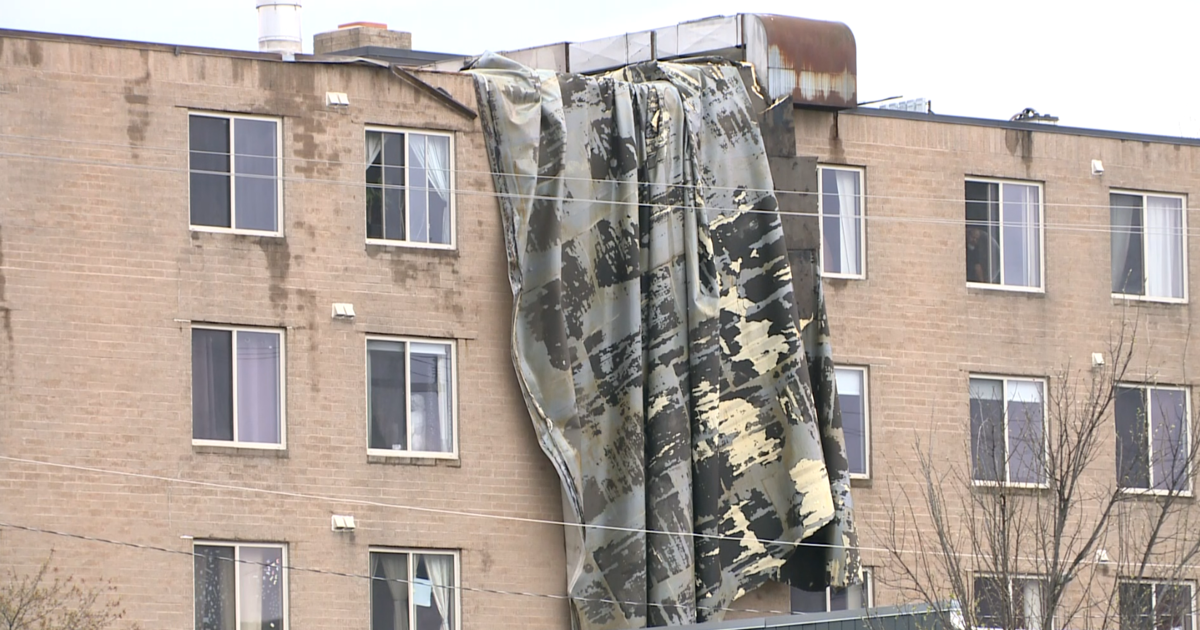Eye Doc Says New Surigcal Laser 'Like Science Fiction'
FRASER -- The patient lies on a hospital bed, while the machine -- a robotic arm with a big TV monitor on its control base -- zeroes in on his right eye, which is clouded by cataracts.
The machine slowly approaches the eye, which has been numbed with anesthetic, and makes contact with it.
Instantly, computer lines are superimposed on the live TV pictures of the eye, showing where the computer says incisions should be made to implant a new, artificial lens. The doctor reviews the readout and touches the screen to go ahead. A powerful laser then makes incisions in the eye, using laser pulses a matter of femtoseconds long -- that's one quadrillionth of a second.
The incisions provide the pathway for the new lens, and open up the top of the lens cavity like a can opener. Then the old, clouded lens itself is broken up by laser pulses.
Then the patient is moved to another machine, where the fragments of the lens that have broken up with the laser are removed with suction.
And then comes the really miraculous part -- another laser on a machine called ORA measures the eye, telling the doctor precisely what power of replacement lens should be used, based on the patient's individual condition.
The doctor selects the appropriate lens, and it's inserted into the tiny incisions in the side of the eye, each just 2.2 millimeters wide. Tiny springs called haptics expand around the acrylic lens, holding it in place in the eye.
The tiny, precise laser incisions in the eye itself heal over a few days, as the new lenses settle into place.
Thus, patients come in with severely compromised, clouded vision, and through a completely pain-free procedure, wind up with eyes that are not only unclouded -- they don't even need glasses any more.
It's just another day at the office for Norbert P. Czajkowski, M.D., founder of the Laser Institute of Michigan and Michigan Center for Outpatient Ocular Surgery, as well as Fraser Eye Care Center and Eye Care Center of Port Huron.
The first machine, which makes the incisions, is called a LensX, and is one of only three in the state. It's a $700,000 piece of equpment. The second machine that measures the eye for the new lens is brand-new and runs about $45,000. It's so new that it's still connected via data lines to its manufacturer to provide user feedback.
"The real advance is live, laser based measurement taken right in the operating room, and that helps us accurately determine the power of the implant that we're going to be placing in the eye," Czajkowski said. "Without that instrument, the accuracy runs around 85 to 90 percent. With the new machine, the accuracy runs around 95 percent. The point is, if you have 100 percent accuracy in the power of the implant, then the patient doesn't have to wear glasses."
He said laser surgery also offers advantages over earlier ultrasound machines.
"I can make cuts very precisely and the edges are firmer, so it is less likely to tear, which can lead to complications," he said.
Czajkowski said his Fraser clinic got the new machines in June, and he's so far treated about 100 patients with them.
"If you talk about technology, some of this stuff is frankly science fiction," Czajkowski said. "The way the laser works, the accuracy, is frankly science fiction, when you're talking about something as small as the eye and it's making those cuts down to micron accuracy."
The Alcon laser machine is made by Switzerland-based Alcon Inc., while the second machine to measure the eye is made by WaveTec Vision of Aliso Viejo, Calif.



